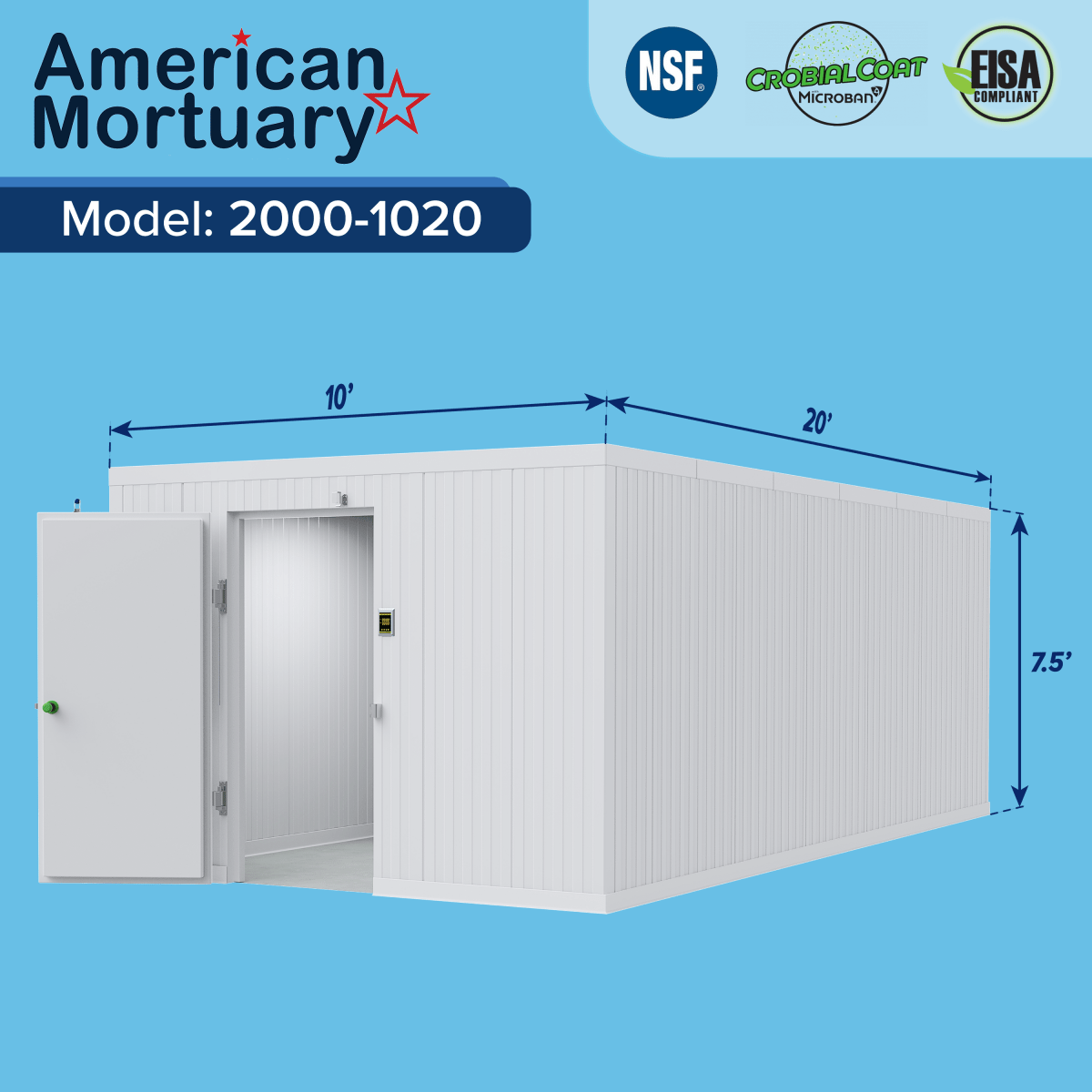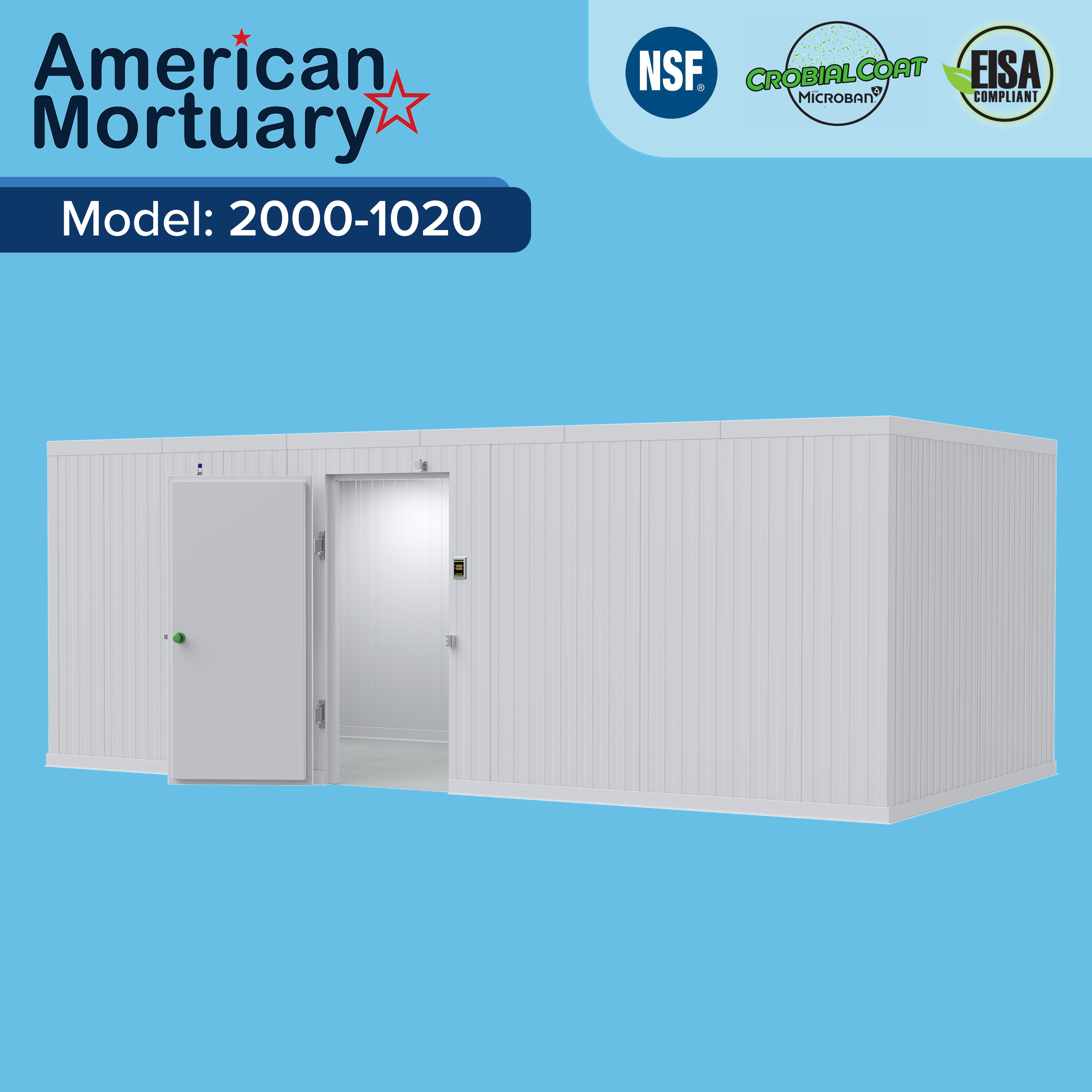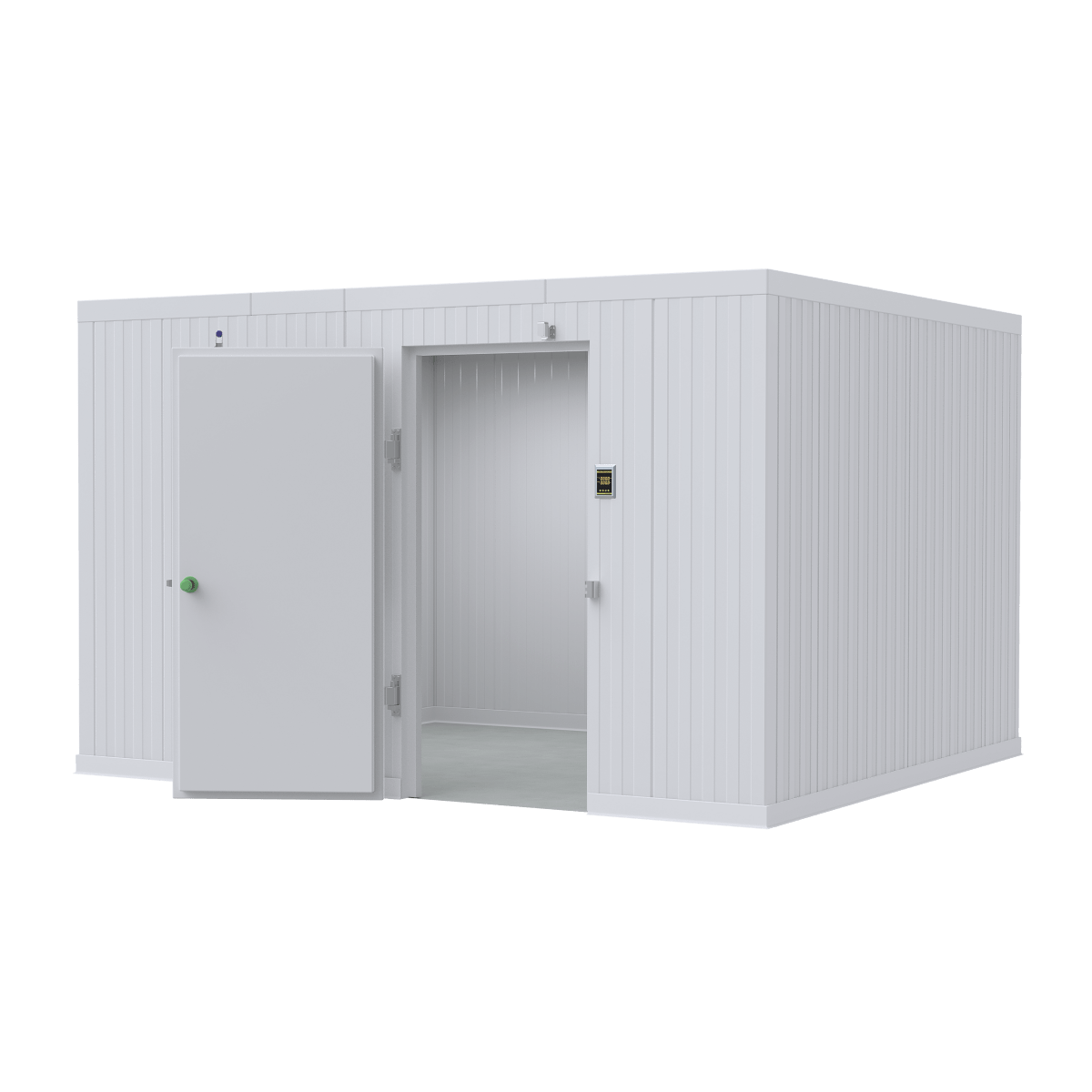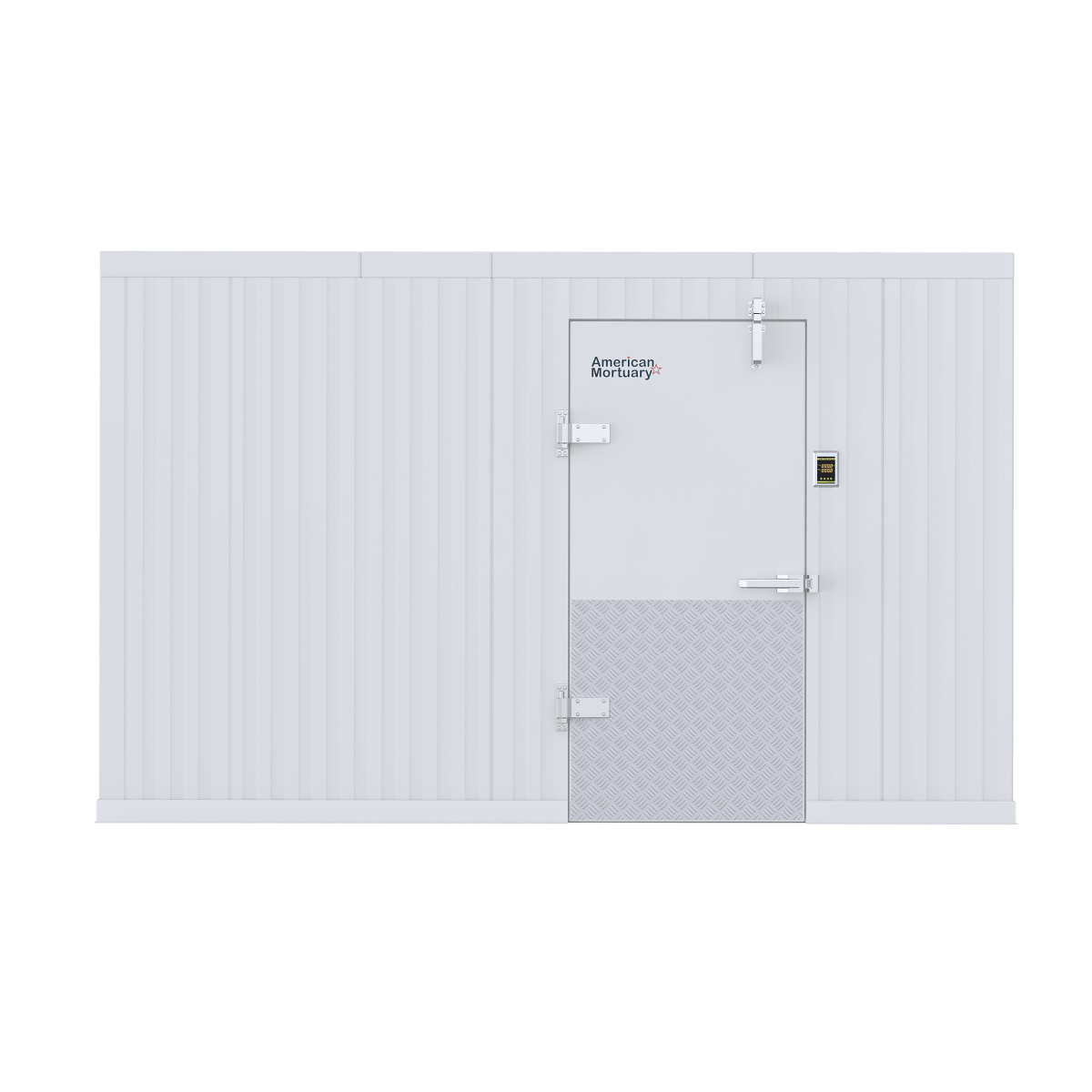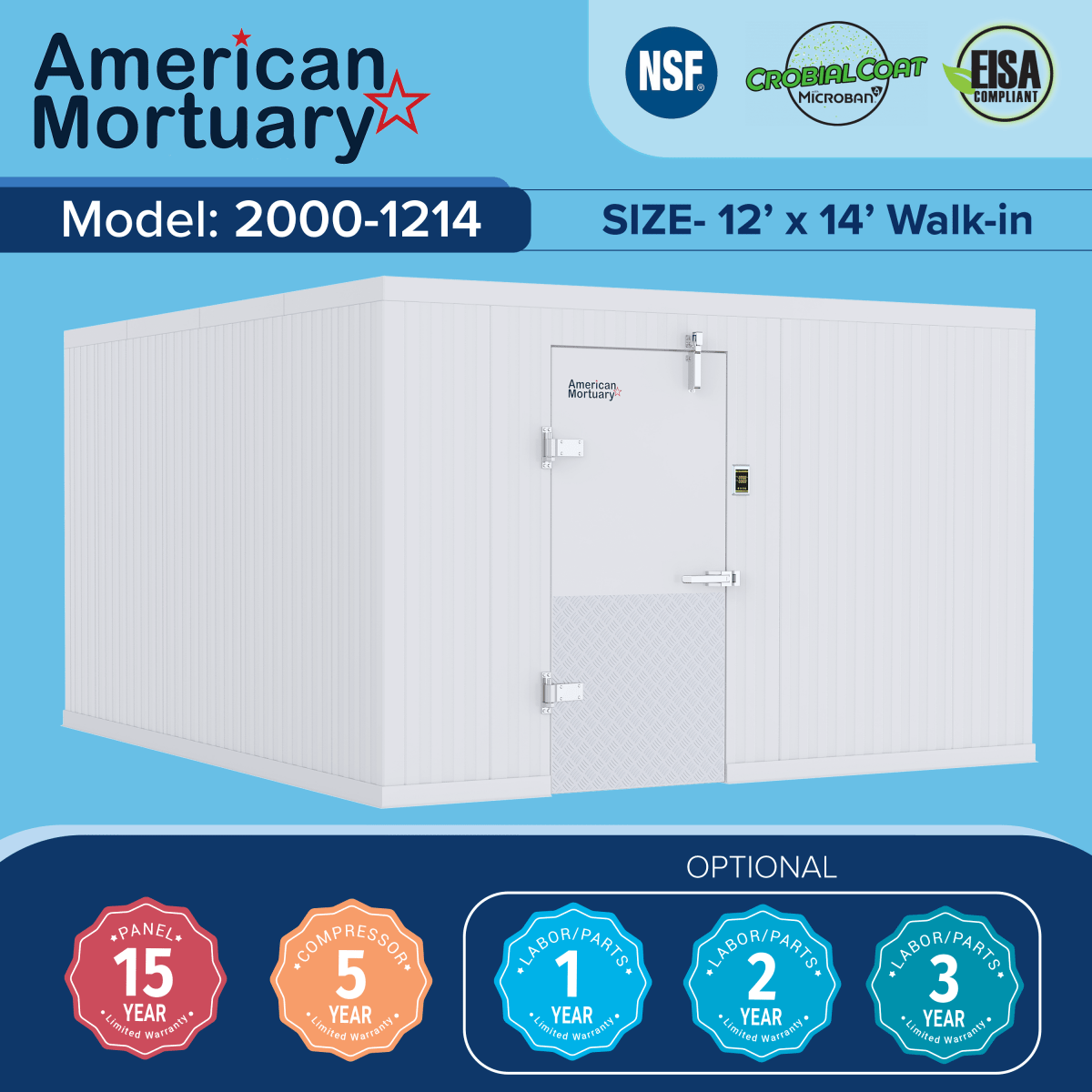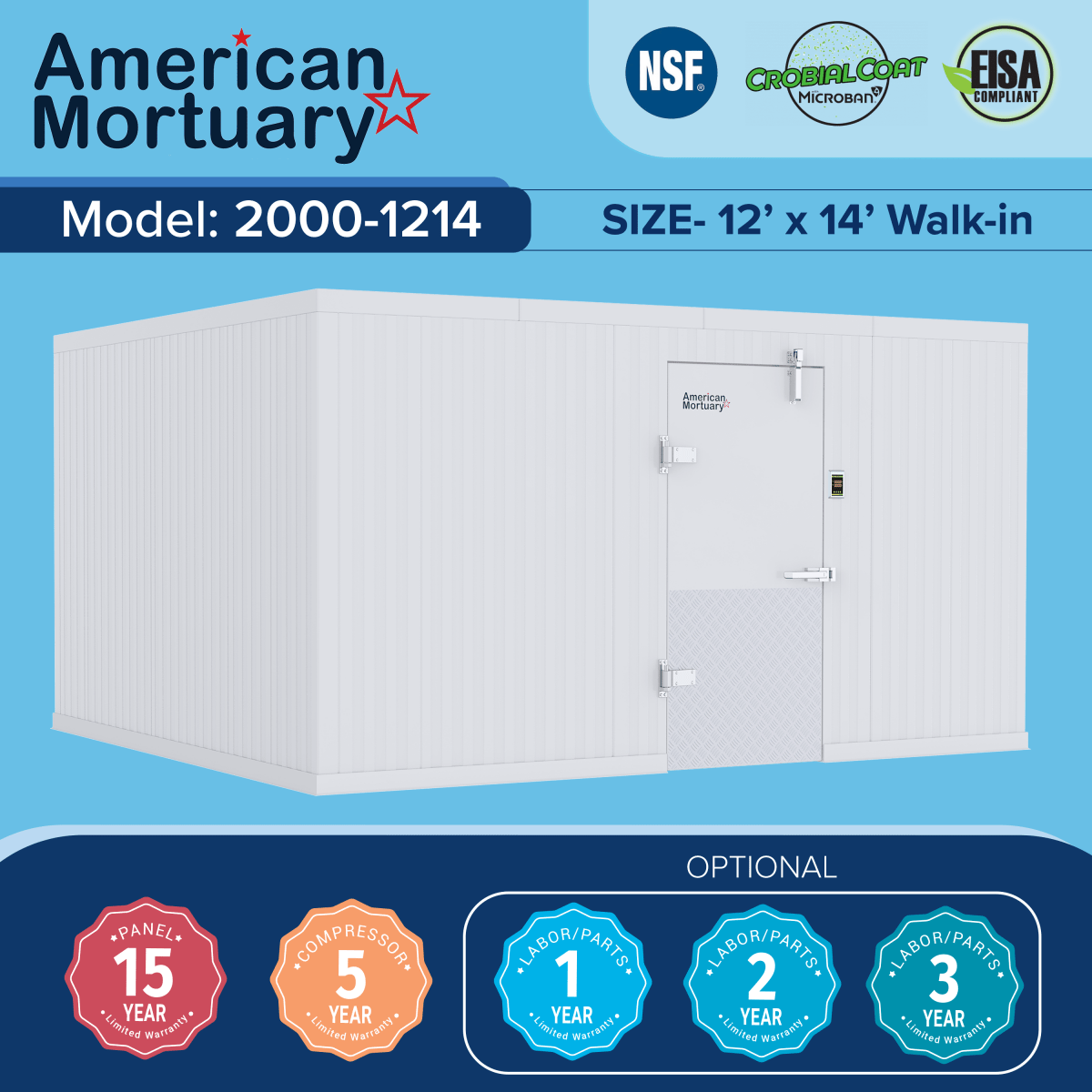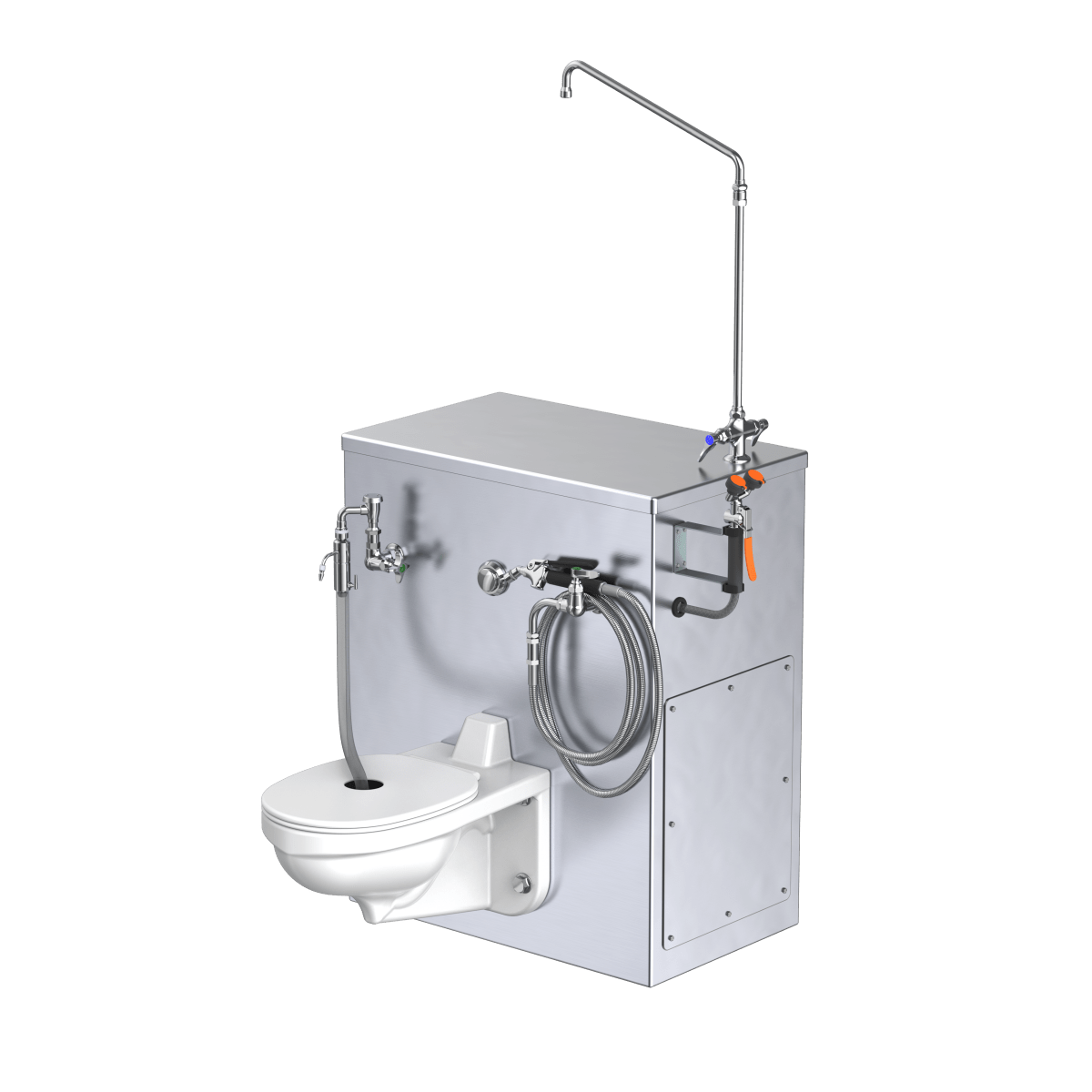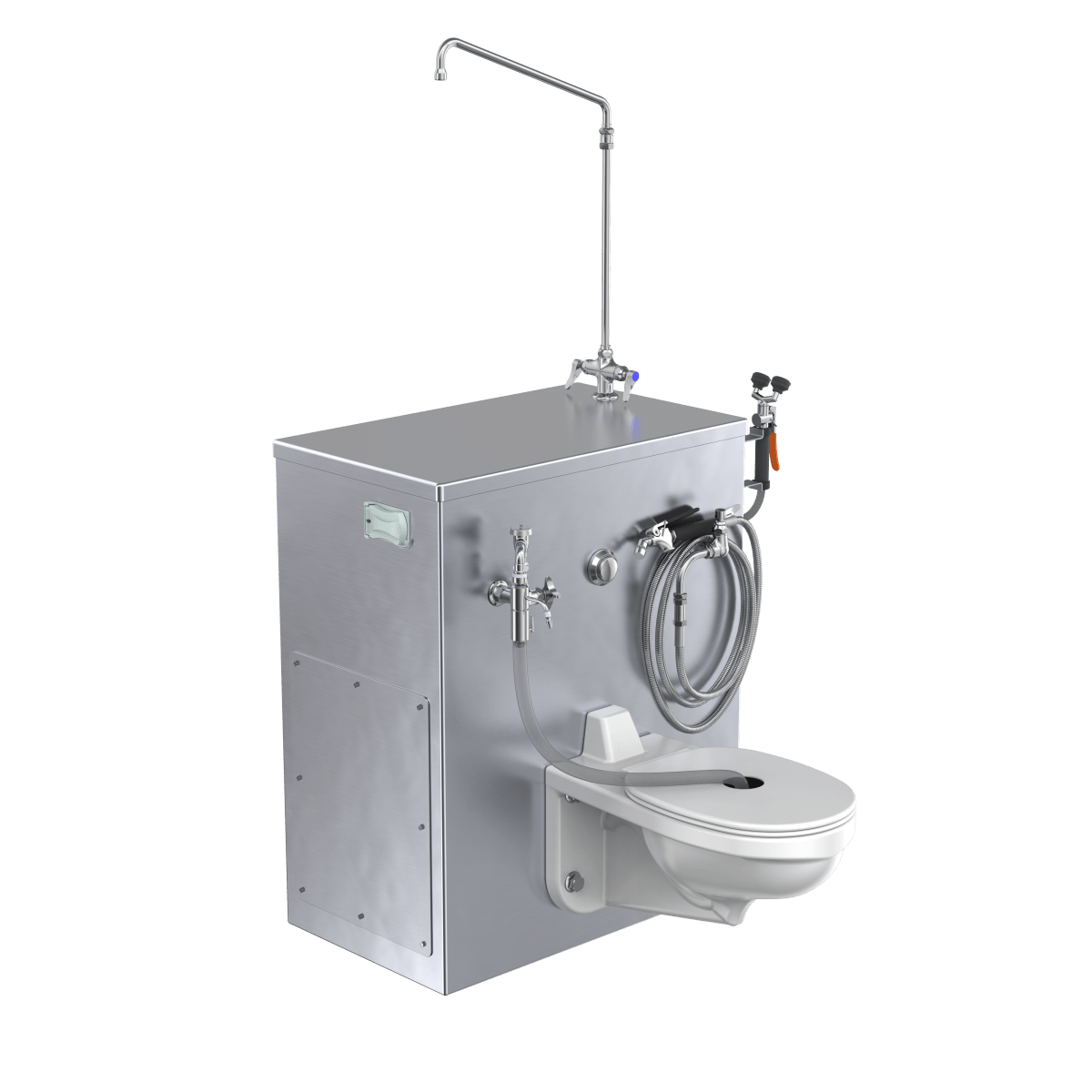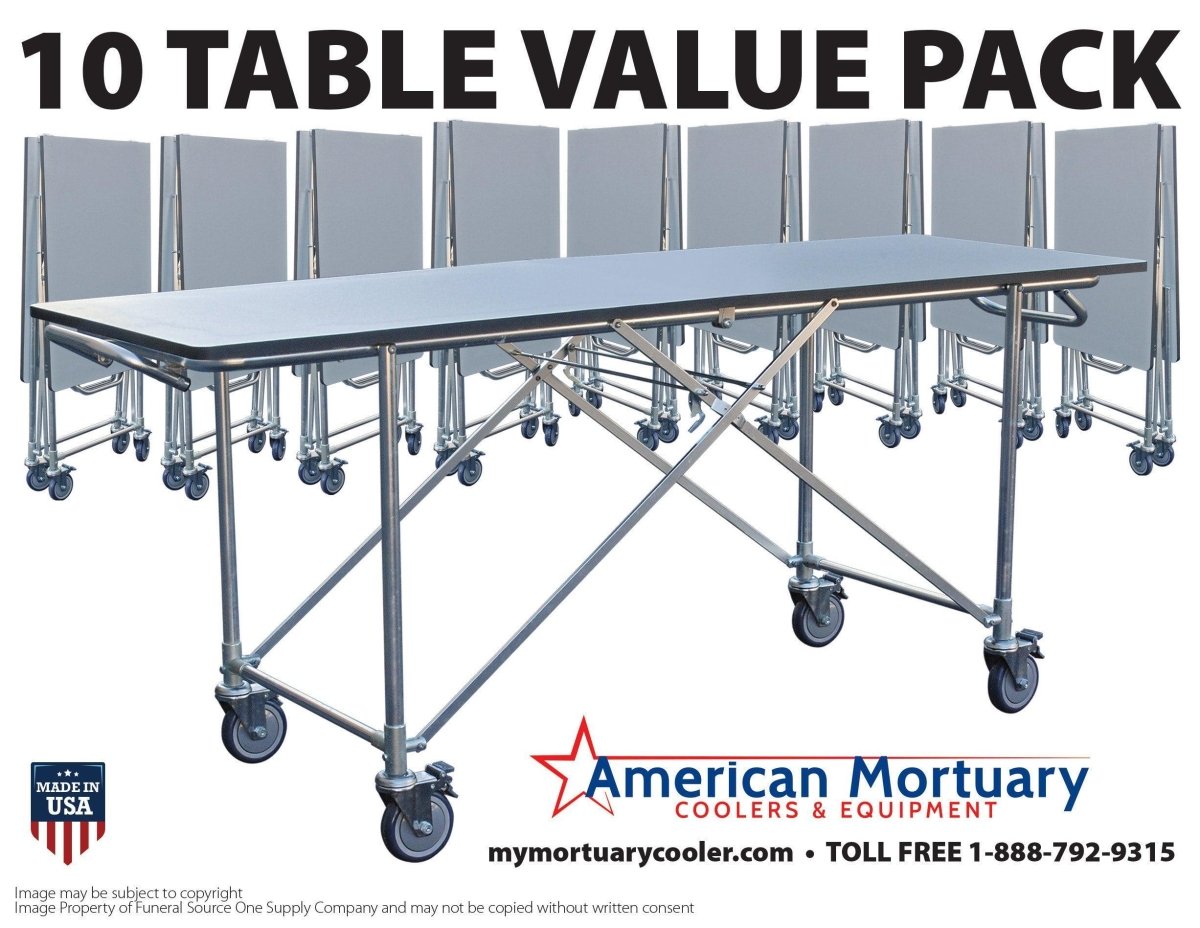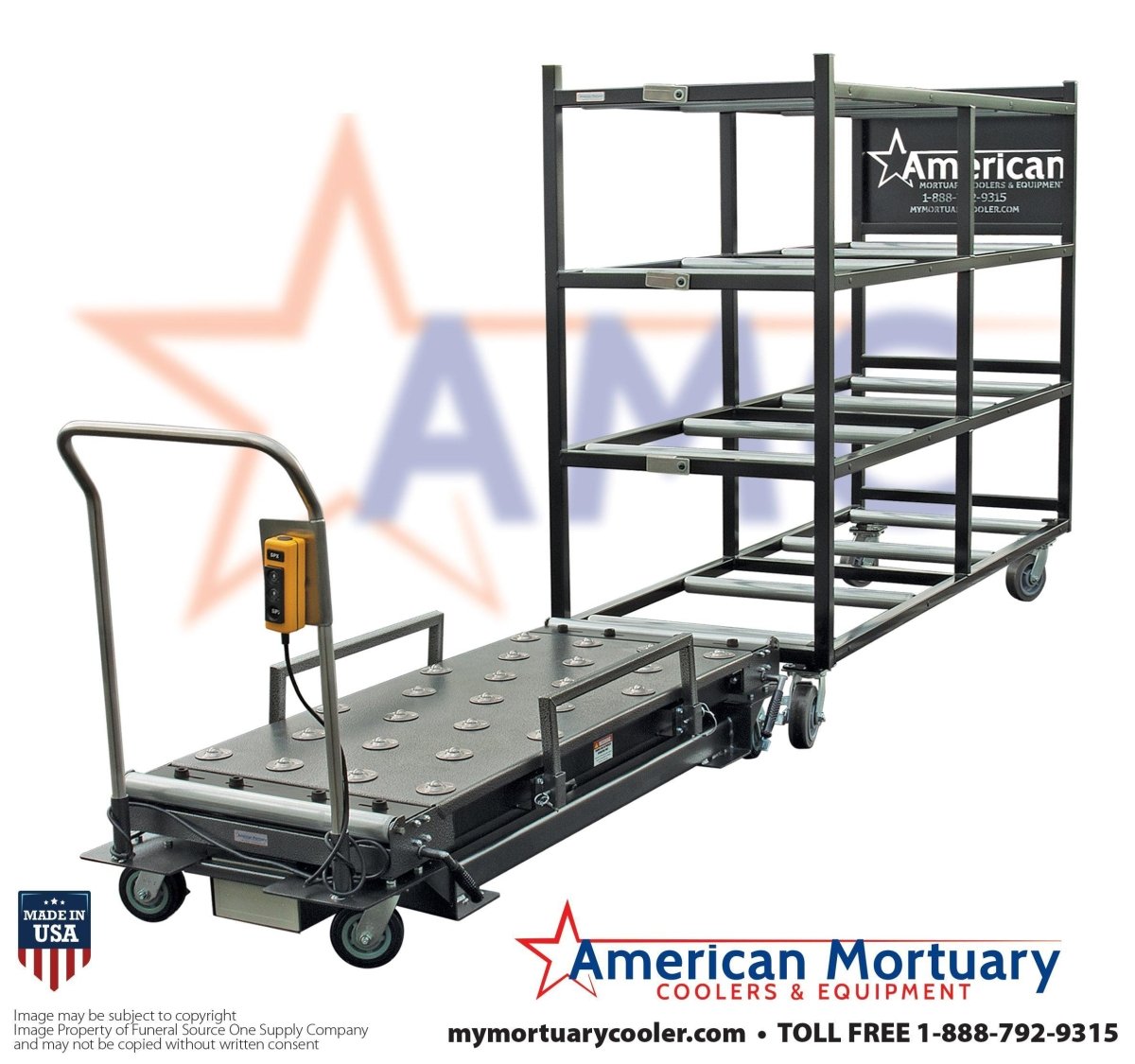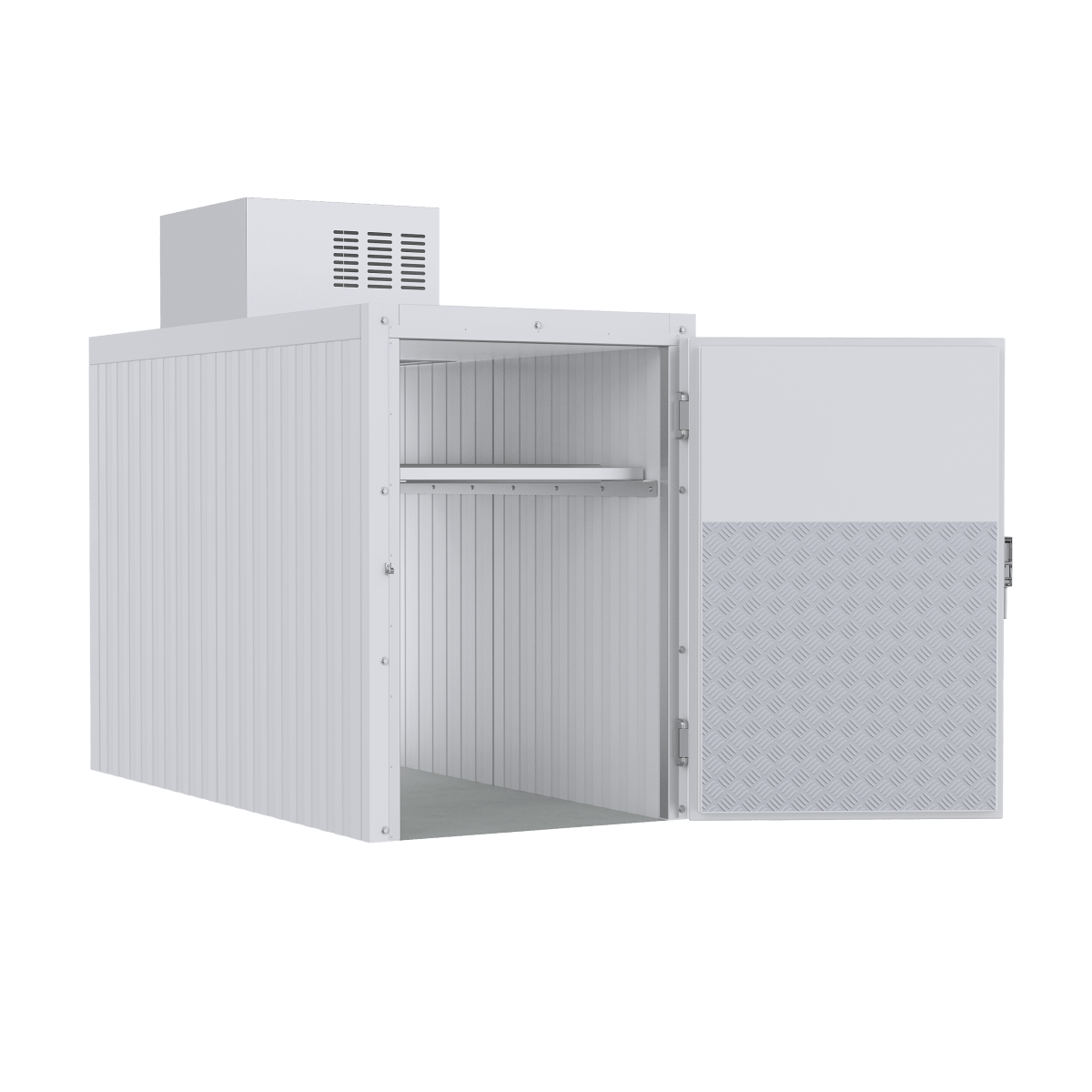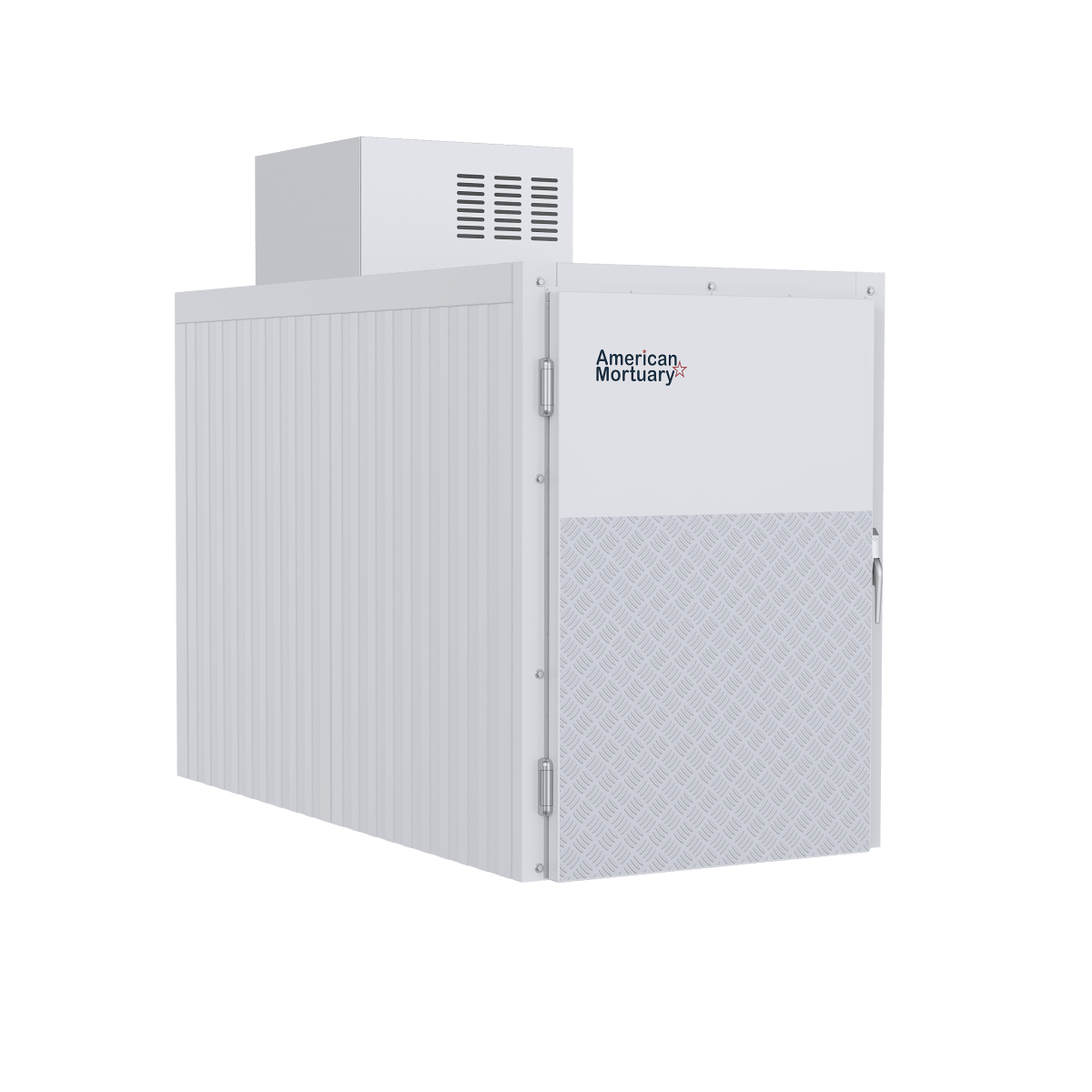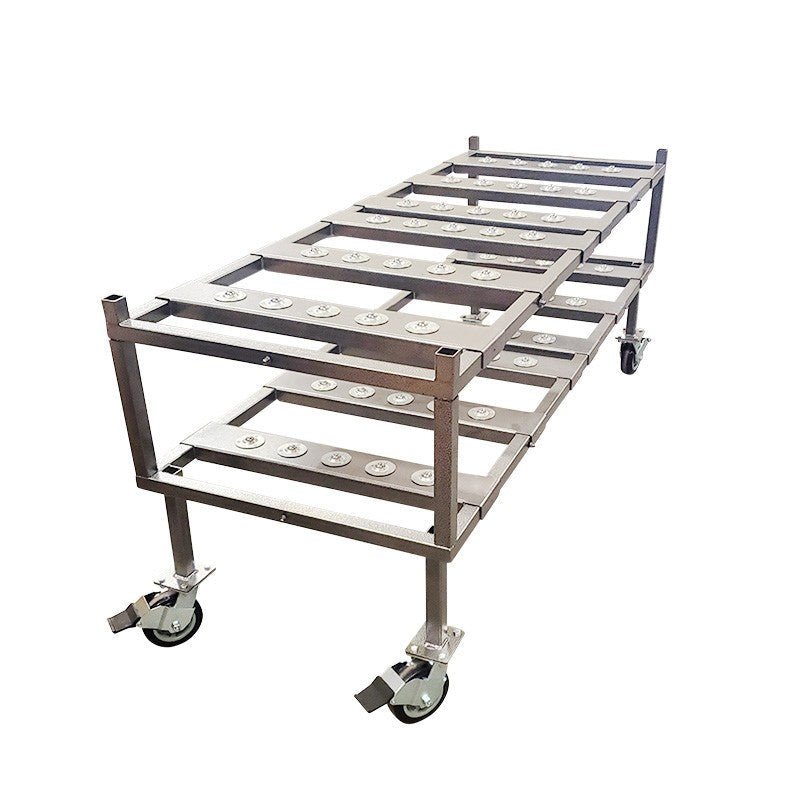Why Human Composting New York is Making Headlines
Human composting New York became legal in December 2022, making New York the sixth state to allow this eco-friendly burial alternative. However, despite legalization, no facilities have opened yet due to regulatory gaps and market challenges.
Quick Facts for New Yorkers:
- Legal Status: Approved December 2022 under Assembly Bill A382
- Current Availability: None - must use out-of-state facilities
- Cost: ~$7,000 plus shipping vs. $8,300 burial or $6,280 cremation
- Process Time: 30-90 days to transform body into ~1 cubic yard of soil
- Environmental Impact: 87% less energy than cremation, saves 535 lbs of CO₂
The process, also called natural organic reduction or terramation, places bodies in vessels with wood chips, alfalfa, and straw. Microbes break down remains at 150°F, creating nutrient-rich soil families can use for gardens or donate to conservation projects.
"Eggshells, apple cores and lawn trimmings aren't the only things that can be composted — human bodies can be, too," as one industry expert put it.
Right now, New York families must ship remains to facilities in Washington or Colorado. But with growing demand and regulatory frameworks taking shape, local facilities may emerge soon.
I'm Mortuary Cooler, a national-level mortuary cooler supplier who's been tracking the human composting New York market since legalization. My company has worked with composting facilities across 12 states, providing the specialized refrigeration equipment these operations need to maintain proper temperatures and comply with health regulations.
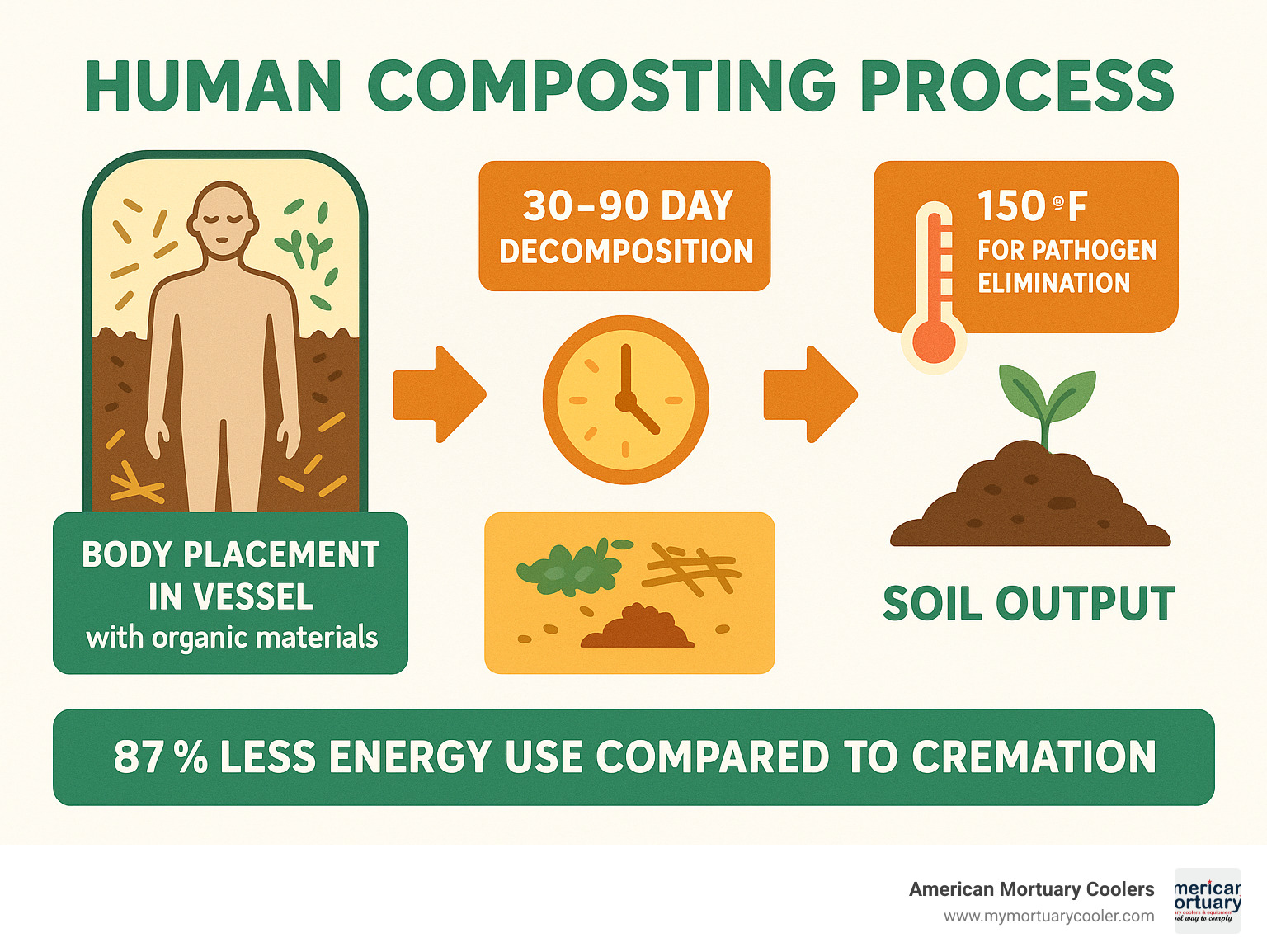
Quick human composting New York terms:
Understanding Human Composting: From Science to Soil
Natural organic reduction, commonly called human composting or terramation, is a carefully controlled process that harnesses the power of microbes to transform human remains into nutrient-rich soil. This isn't some newfangled invention - it's essentially accelerating what nature already does, just in a more controlled environment.
The science is fascinating yet straightforward. Bodies are placed in specially designed vessels with organic materials like wood chips, alfalfa, and straw. These materials provide the perfect carbon-to-nitrogen ratio that microbes need to thrive. The process requires temperatures of at least 150°F for pathogen elimination, which occurs naturally as billions of microbes work to break down organic matter.
The entire cycle takes 30-90 days depending on the provider, with some facilities like Recompose taking about 30-40 days for the primary phase plus 2-4 weeks of curing. Return Home operates on a 60-90 day timeline. The end result? Approximately one cubic yard of soil - enough to fill a pickup truck bed and weighing roughly 1,000 pounds.
Scientific research on composting safety confirms that when properly managed, this process eliminates pathogens and creates soil that's actually safer than many commercial composts.

How the Process Works Step-by-Step
The human composting New York process, once facilities open, will follow strict protocols established by state regulations. Here's what happens:
Phase 1: Preparation and Vessel Loading Bodies are placed in stainless steel vessels along with carefully measured amounts of wood chips, alfalfa, and straw. These materials aren't random - they're specifically chosen for their carbon content and ability to create proper airflow.
Phase 2: Active Composting (30-60 days) Microbes immediately get to work, generating heat that reaches the required 150°F. This temperature must be maintained for at least 72 consecutive hours to eliminate pathogens according to New York's regulations.
Phase 3: Screening and Processing After the primary decomposition, the material is screened to remove any non-organic items like medical implants or dental work. Bones, which don't fully break down, are reduced to powder and mixed back into the compost.
Phase 4: Curing (2-5 weeks) The processed material rests and cures, allowing the soil to stabilize and reach optimal pH levels. During this time, the soil is tested to ensure it meets all safety standards.
We've worked with facilities across the country to understand their vessel requirements, and proper temperature control is absolutely critical throughout this process.
What Happens to the Soil
The soil produced from human composting is genuinely useful - it's not just symbolic. Each body produces about one cubic yard of nutrient-rich compost, roughly equivalent to what you'd get from a year of backyard composting.
Families have several options for their loved one's soil:
- Take it home: Many families use portions for memorial gardens, houseplants, or to plant trees
- Donate to conservation: Most facilities partner with land restoration projects
- Split it up: Some soil for family use, remainder for conservation
- Scatter in nature: Though this requires landowner permission in New York
The soil from human composting has a pH of 6.5-7, making it ideal for most plants. It's rich in nutrients and completely safe - often safer than commercial compost products.
Human Composting New York: Legal Timeline and Current Status
Human composting New York has quite the legal backstory. Assembly Bill A382 and Senate Bill S5535 made their way through Albany's legislative maze in 2022, with Governor Kathy Hochul putting pen to paper in December 2022. Just like that, New York became the sixth state to give this eco-friendly option the green light, joining Washington, Oregon, Colorado, Nevada, and Vermont in the composting club.
The new law cleverly amended New York's Not-for-Profit Corporation Law, treating natural organic reduction facilities just like cemetery corporations - similar to how crematories get regulated. This created 19 NYCRR Part 204, which lays out detailed operational standards that future facilities must follow.
But here's where the story takes an unexpected turn. Despite being legal for nearly two years now, exactly zero facilities have applied for permits to operate in New York. Research from the Times Union confirms that as of September 2024, not a single business has even submitted paperwork to the state's Cemetery Board.
When Did Human Composting New York Become Legal?
The law officially kicked in 90 days after Governor Hochul signed it in December 2022, making human composting New York legal by March 2023. Of course, "legal" and "actually available" are two completely different animals in this situation.
The legislation established some pretty specific ground rules. Natural organic reduction facilities must operate as cemetery corporations and get permits from the Cemetery Board. The law spells out that facilities need to submit detailed applications including site surveys and business plans, meet strict sanitation requirements for ventilation and security, maintain proper identification systems and record-keeping, and pay annual fees of $3 per service after the first 15 interments.
Why No Facilities Are Open Yet
The absence of human composting New York facilities comes down to what experts call a "circular demand problem." Cemetery corporations aren't investing because they don't see obvious consumer demand, but consumers can't express demand because there are no local facilities to make them aware of the option.
The regulatory uncertainty doesn't help matters. While the law legalized human composting, it didn't spell out detailed facility construction requirements the way it does for traditional funeral homes.
Capital requirements present another major hurdle. Starting a composting facility demands serious upfront investment in specialized equipment - the composting vessels, ventilation systems, and mortuary coolers for body storage that keep everything running safely and legally.
Then there's the market uncertainty factor. Without existing facilities to study, potential operators are flying blind when it comes to demand levels or revenue projections for New York.
Zoning challenges add another layer of complexity. Local zoning boards often don't have clear guidelines for approving these new types of facilities, which can create lengthy approval processes that scare off investors.
From our perspective at American Mortuary Coolers, we've seen this pattern in other states too. The equipment needs for human composting facilities across 12 states are specialized and significant, which makes the initial investment feel risky without proven demand data.
Starting a Human Composting Facility in New York: Barriers & Opportunities
The human composting New York market is wide open right now. Think about it - you'd literally be the first facility in a state with nearly 20 million people. That's both exciting and intimidating for potential entrepreneurs.
The legal framework treats these facilities as cemetery corporations, which sounds more complicated than it actually is. You'll need to incorporate as a not-for-profit entity under New York law, just like traditional cemeteries do.
The application process requires a certified survey of your proposed site, along with detailed business plans and financial projections. You'll also need to show evidence of required state and local permits, provide a list of directors and staff with their qualifications, and submit complete plans and cost estimates for your facility.
Here's the timeline: The Cemetery Board has 35 days to ask for more information if they need it, and 90 days total to make their decision on complete applications. Since nobody has tested this process yet in New York, expect extra questions and possibly longer review times.
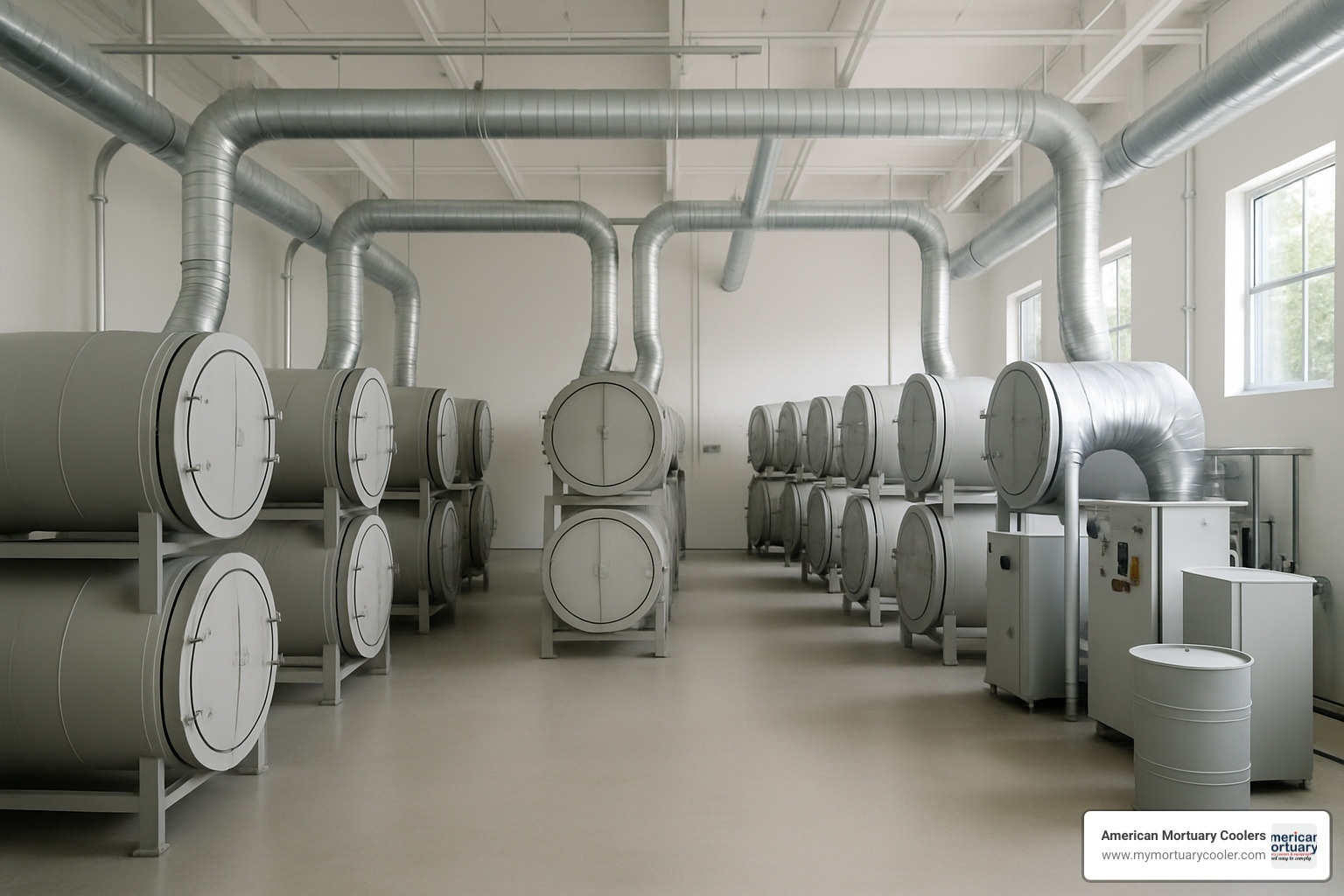
The capital requirements are substantial but not impossible. Most facilities we've worked with invest between $500,000 and $2 million in equipment alone, not counting land, buildings, or working capital.
Regulatory Checklist for Entrepreneurs
New York doesn't mess around with regulations - they want everything done properly. The pathogen control requirements are strict but straightforward. You must maintain temperatures of at least 131°F for 72 consecutive hours during the composting process.
The state requires pathogen testing for fecal coliform (no more than 1000 MPN/g) and salmonella (no more than 3 MPN/4g). You'll also need to implement vector attraction reduction protocols at 104-113°F for 14 days.
Heavy metal testing is another requirement. The state sets limits for arsenic (41 mg/kg), cadmium (10 mg/kg), lead (300 mg/kg), and mercury (10 mg/kg). If your finished compost exceeds these thresholds, you have to start the whole process over again.
Your facility design needs adequate ventilation and odor control systems, secure entrances, privacy measures for families, proper storage for wood chips and other materials, and ceremony rooms where families can hold services.
The record keeping requirements are extensive but logical. You need detailed logs for each set of remains, authorization forms, identity confirmation, temperature monitoring records, and staff certification documentation.
Our experience with mortuary coolers for composting facilities across multiple states shows that proper refrigeration is absolutely critical for meeting these regulatory requirements.
Logistics & Equipment Needs
Starting a human composting New York facility means investing in equipment most funeral directors have never seen before. The good news? We've been working with composting facilities in 12 states, so we know exactly what works and what doesn't.
Mortuary coolers are your first critical investment. Bodies need proper storage before the composting process begins, and standard funeral home coolers often aren't designed for the volumes and timelines involved.
Composting vessels are where the magic happens. These range from relatively simple containers to sophisticated systems with built-in monitoring and automated airflow control. The price difference is dramatic - basic setups might cost $50,000 per vessel while high-tech systems can run $200,000 or more.
Material handling equipment includes loading lifts for moving bodies into vessels, conveyors for processing finished compost, and screening equipment to remove any non-organic materials.
Ventilation systems deserve special attention because odor control determines whether your community accepts you or runs you out of town. These systems are far more complex than standard HVAC and typically represent 15-20% of your total equipment budget.
The local supply chain matters more than you might think. Finding reliable sources for wood chips and other organic materials, establishing relationships with transport companies, and building connections with local funeral homes all take time and effort.
Environmental & Cultural Impact: Composting vs. Burial & Cremation
When families consider human composting New York, the environmental benefits often tip the scales. The numbers are pretty striking - human composting uses 87% less energy than cremation and produces zero direct carbon emissions. Compare that to the average cremation, which pumps out 535 pounds of CO₂ - roughly the same as driving your car from Albany to Philadelphia.
Traditional burial brings its own environmental baggage. Those embalming fluids? They're loaded with formaldehyde and other chemicals that can seep into groundwater over time. Then there's the resource consumption - caskets, concrete vaults, and headstones all require significant manufacturing energy.
Here's the reality check on energy use: cremation requires over 500 gallons of fuel to maintain 1,600°F heat for 3-4 hours straight. Human composting? Just enough electricity to run ventilation fans and monitoring equipment.
Scientific research on CO₂ savings confirms what many families instinctively feel - there has to be a better way than pumping all that carbon into the atmosphere or filling the ground with chemicals.
The land use differences are equally dramatic. Traditional cemeteries lock up acres permanently, requiring ongoing water, fertilizer, and maintenance. Human composting New York facilities need minimal space, and the soil they produce can actually restore degraded land rather than consuming it.
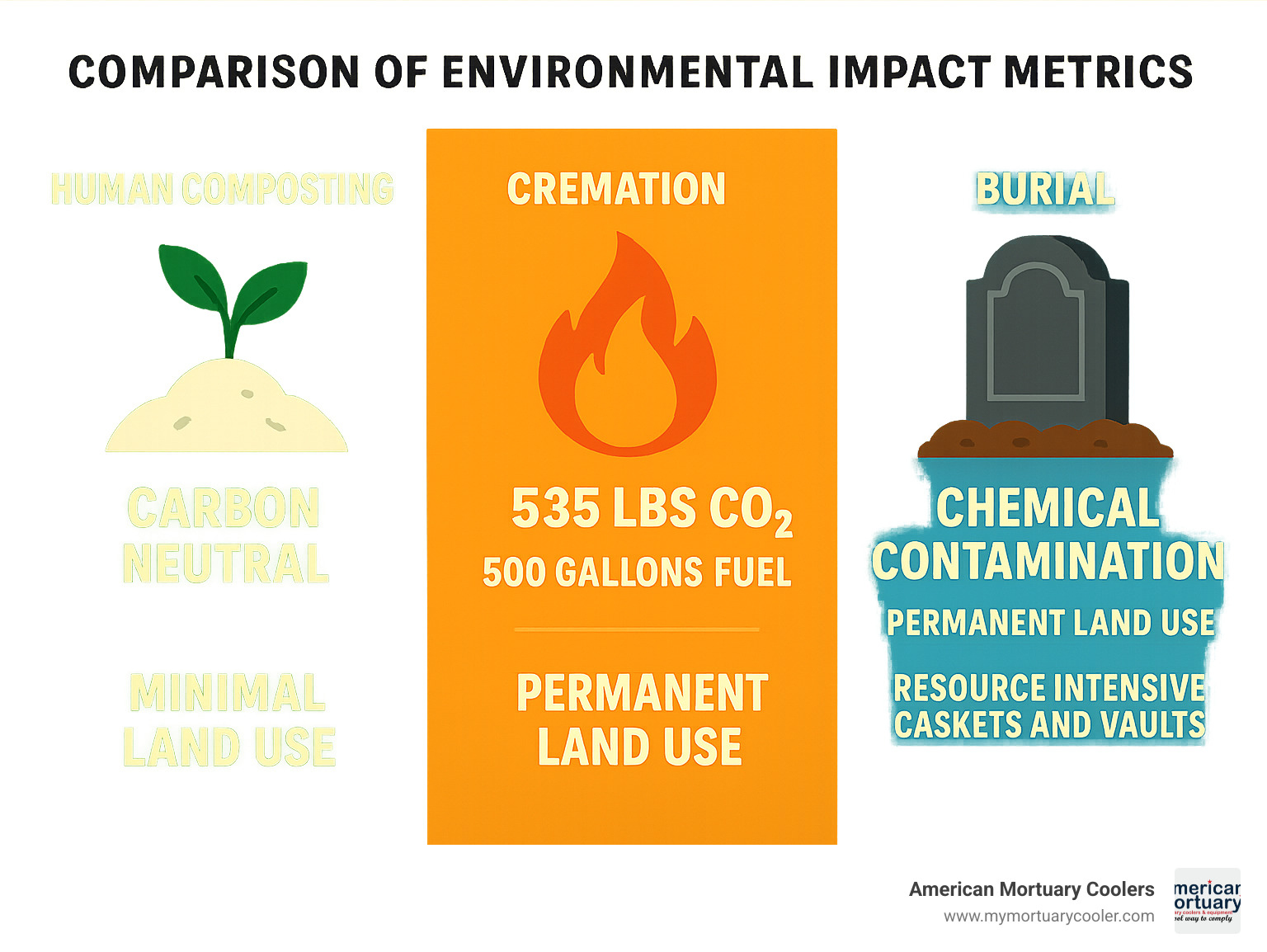
Culturally, the reception varies quite a bit. Many environmentally conscious families see composting as perfectly aligned with their values - why wouldn't you want to nourish new life after death? But religious perspectives span the spectrum. The Catholic Church has expressed opposition, calling the practice "undignified." Meanwhile, many Jewish communities are adapting liturgy to accommodate composting, and most Protestant denominations are supportive or neutral.
Community and Family Participation
One thing that sets human composting New York apart from other options is how it invites families into the process rather than shutting them out. Unlike cremation, which happens behind industrial doors, or burial, which ends when the dirt hits the casket, composting offers multiple touchpoints for connection and meaning-making.
Laying-in ceremonies have become increasingly popular. Families gather to decorate the composting vessel with photos, flowers, and meaningful objects before their loved one begins the change process.
Some facilities allow visitation during the composting process, which might sound strange but actually provides comfort to many families. Instead of one final goodbye, there's an ongoing sense of connection and change happening.
The soil ceremonies when the process completes often become deeply meaningful family events. Some families plant memorial gardens together, others scatter soil in places their loved one cherished.
Memorial projects using the soil can extend the impact for decades. Some families donate soil to reforestation efforts or community gardens, creating lasting positive change. The participatory nature helps many families process grief while feeling they're contributing something positive to the world.
Planning Your Own Human Composting in New York
While human composting New York facilities aren't yet available, you can still plan ahead and access services through out-of-state providers. The median cost for human composting is about $7,000, which compares favorably to traditional burial (median $8,300) but costs more than cremation (median $6,280).
For New Yorkers, current options include pre-planning with providers like Recompose in Washington or Return Home, which serves all 50 states. Many families find that planning ahead reduces stress during difficult times and locks in current pricing.
Pre-Planning Benefits:
- Guaranteed service availability
- Current pricing protection
- Reduced family stress during grief
- Time to research and compare options
- Ability to communicate preferences clearly
How to Access Services Until Facilities Open
Currently, New York families wanting human composting must work with out-of-state facilities. The two main options are:
Recompose (Washington): The original human composting facility, Recompose charges $7,000 for the service. About 29% of their clients come from out of state, with 15% from California alone.
Return Home (Washington): This facility emphasizes family involvement and transparency. They serve all 50 states and Canada, handling all logistics including transport arrangements with local funeral homes.
The Transport Process:
- Death occurs in New York
- Local funeral home handles initial arrangements
- Body is shipped to composting facility (via specialized transport)
- Composting process takes 30-90 days
- Soil is returned to family via shipping
Shipping costs typically add $1,000-$2,000 to the total expense.
Budgeting and Comparing Costs
Human composting New York pricing will likely be competitive with current out-of-state options once facilities open. Here's how costs typically break down:
Current Out-of-State Costs:
- Service fee: $7,000-$8,700
- Transport to facility: $1,000-$2,000
- Return shipping of soil: $200-$500
- Travel for ceremonies: $500-$2,000 (optional)
- Total: $8,700-$13,200
Future New York Facility Costs (Projected):
- Service fee: $6,000-$8,000 (lower due to no shipping)
- Local transport: $200-$500
- Ceremony add-ons: $500-$1,500 (optional)
- Total: $6,700-$10,000
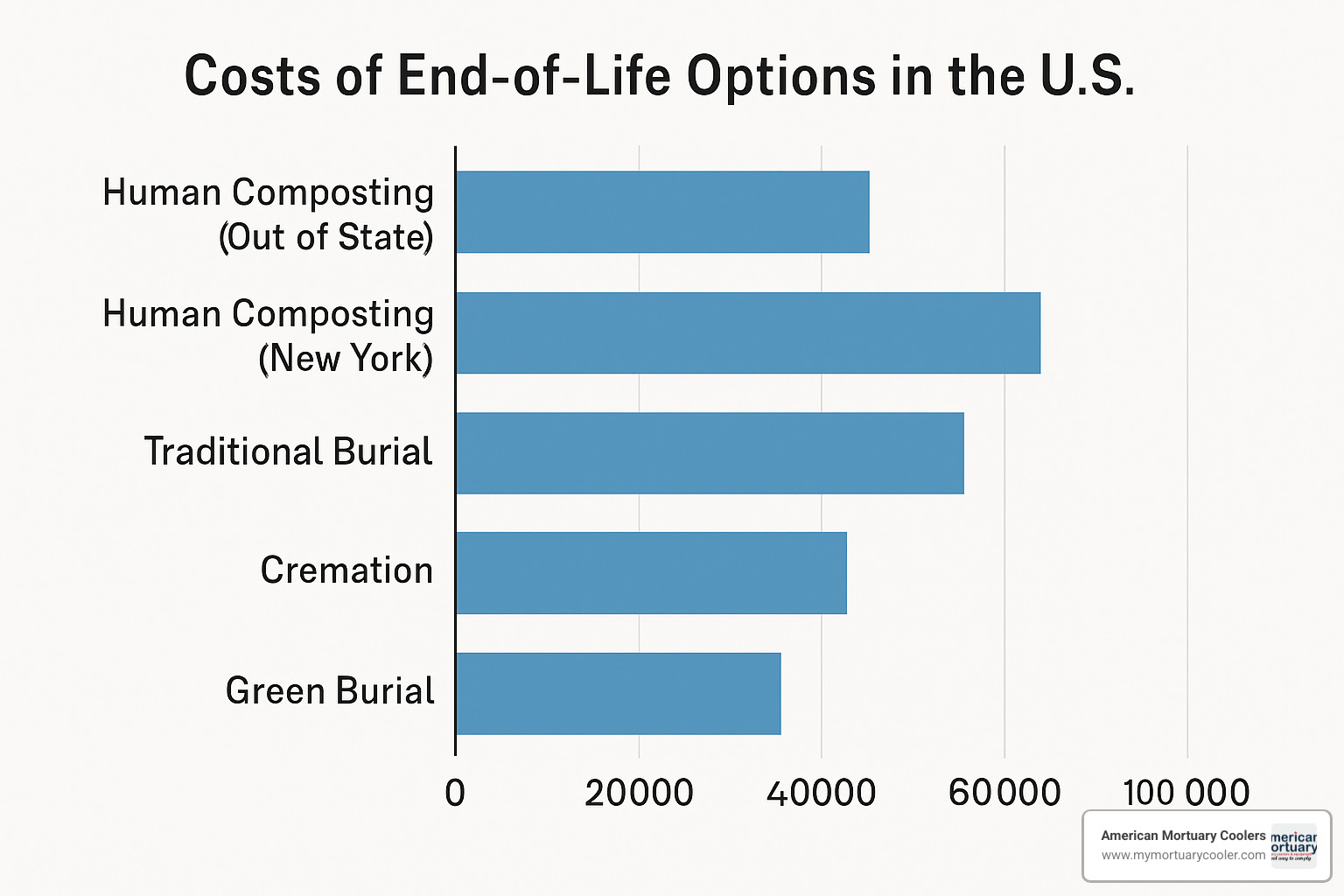
For comparison, traditional funeral costs in New York average:
- Full burial: $8,300 (not including plot, which can add $2,000-$10,000+)
- Cremation: $6,280
- Green burial: $1,000-$4,000 (where available)
The economics suggest that local human composting New York facilities could be price-competitive while offering unique environmental and emotional benefits.
Frequently Asked Questions about Human Composting New York
Is human composting New York available right now?
Unfortunately, human composting New York isn't available locally yet, even though it became legal in December 2022. It's one of those frustrating situations where the law says "yes" but reality says "not quite yet."
Zero facilities have opened in New York, and surprisingly, none have even applied for permits as of late 2024. The regulatory framework is sitting there ready to go under 19 NYCRR Part 204, but we're stuck in what researchers call a "circular demand problem." Facilities won't open because they can't prove there's demand, but families can't show demand without facilities to choose from.
Right now, New York families who want human composting must work with out-of-state facilities in Washington or Colorado. This adds shipping costs and makes the whole process more complicated, but it's the only option until someone takes the leap and opens that first facility here.
What bodies are eligible for human composting New York?
New York's regulations are pretty straightforward about eligibility, though there are some important restrictions to know about.
Most bodies are eligible for human composting New York, including those from natural deaths and bodies that have undergone organ donation. Medical implants like hip replacements aren't a problem - they're simply removed during the screening process after composting is complete.
The big restriction is embalming. Embalmed bodies can't be composted because the chemicals interfere with the natural decomposition process. This is why families need to decide on composting early, before any embalming takes place.
Bodies with pacemakers or battery-powered devices must have these removed before composting, similar to cremation requirements. Radioactive implants from recent medical treatments also disqualify bodies, as do certain infectious diseases - though specific policies vary by facility.
The regulations require facilities to maintain bodies properly and reject any remains that don't meet safety standards. Bodies must also be claimed within 120 days, or the facility can proceed with disposition according to state law.
Can I donate or split the soil from human composting New York?
Absolutely! One of the most meaningful aspects of human composting New York is that families have complete control over the soil produced from their loved one.
Each body creates approximately one cubic yard of soil - that's about 1,000 pounds, or enough to fill a pickup truck bed. Families can keep all of it for memorial gardens, houseplants, or tree planting projects. Many find great comfort in using the soil to grow something beautiful in memory of their loved one.
Alternatively, families can donate all of it to conservation organizations. Most facilities partner with land restoration projects, so your loved one's soil can help restore damaged ecosystems or create new forests. It's a powerful way to leave a positive environmental legacy.
The split option is popular too - take some soil for personal memorial projects and donate the rest to conservation efforts. Some families keep enough to plant a memorial tree and donate the remainder to help restore a forest.
The soil itself is remarkable - it has a pH of 6.5-7, making it perfect for most plants. It's nutrient-rich and often safer than commercial compost products you'd buy at a garden center. Facilities typically package it in breathable, recyclable bags that are easy to transport and store.
If you want to scatter the soil in nature, just remember you'll need landowner permission in New York. But whether you choose to keep, donate, or split the soil, you're creating something positive from loss - and that can be incredibly healing during the grief process.
Conclusion
The future of human composting New York is closer than many people realize. While we're still waiting for the first facility to open its doors, the groundwork is already laid. The legal framework exists, environmental awareness is growing, and families across the state are asking for greener alternatives to traditional burial and cremation.
For New York families considering their end-of-life options, human composting offers something truly meaningful - a way to give back to the earth while using 87% less energy than cremation and avoiding the 535 lbs of CO₂ that cremation produces. The soil created from this process isn't just symbolic; it's genuinely useful for memorial gardens, reforestation projects, or simply knowing your loved one is helping restore damaged land somewhere.
The numbers tell a compelling story. With 19+ million residents in New York and growing environmental consciousness, someone will eventually step up to serve this market. The question isn't whether human composting New York facilities will open - it's who will be brave enough to be first.
For entrepreneurs reading this, the opportunity is significant. You'd be entering a market with essentially zero competition, serving families who currently have to ship their loved ones out of state at considerable extra cost. Yes, the regulatory requirements are detailed and the equipment needs are specialized, but successful models exist in other states to guide your development.
At American Mortuary Coolers, we've had a front-row seat to this industry's growth across 12 states. We've supplied the specialized refrigeration equipment that makes these operations possible - from basic holding coolers to sophisticated temperature monitoring systems.
The green burial movement isn't slowing down. If anything, it's accelerating as more people recognize that our final act on earth can be a gift rather than a burden. Human composting New York represents a chance to be part of that positive change, whether you're planning for your own future or considering opening a facility to serve others.
Ready to learn more about what it takes to make human composting facilities work? Our comprehensive guide to human composting equipment covers everything from basic cooling requirements to advanced monitoring systems. We're here to help turn this vision into reality, one properly equipped facility at a time.


